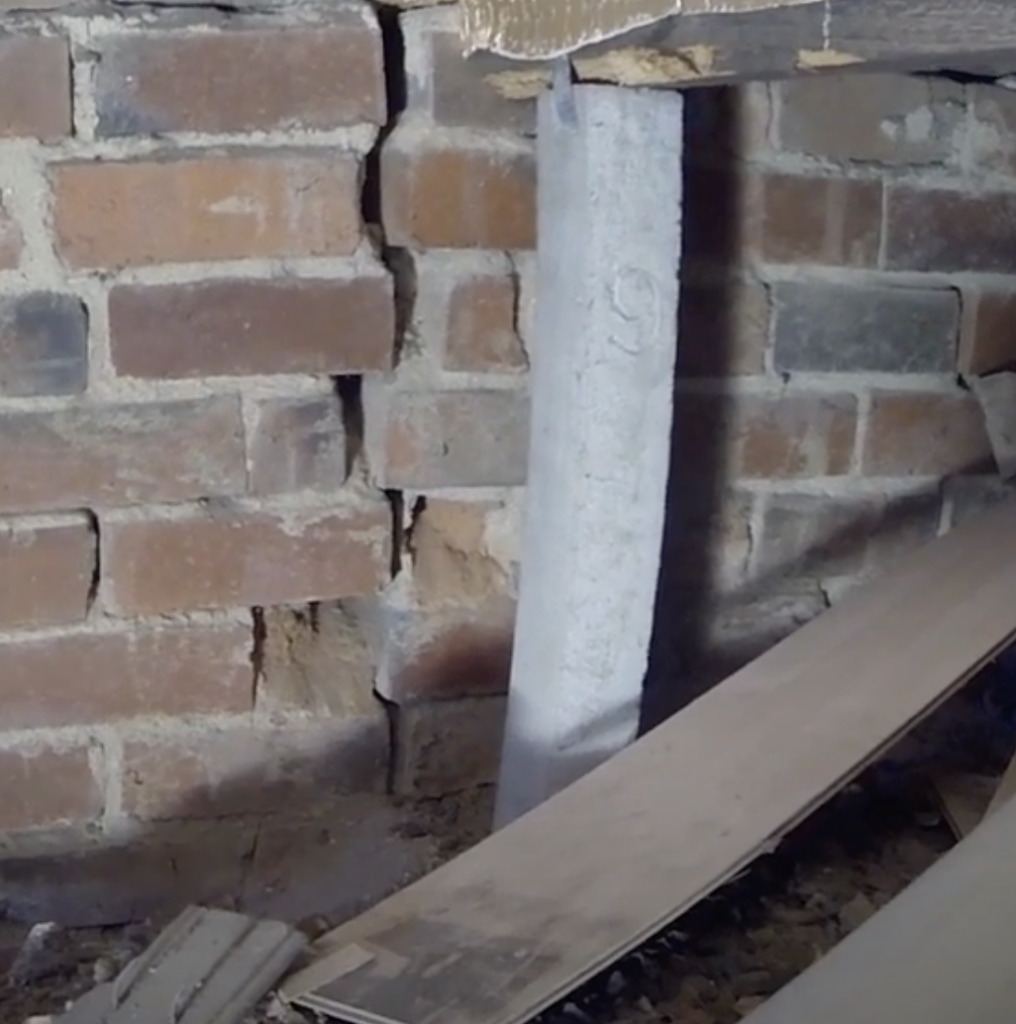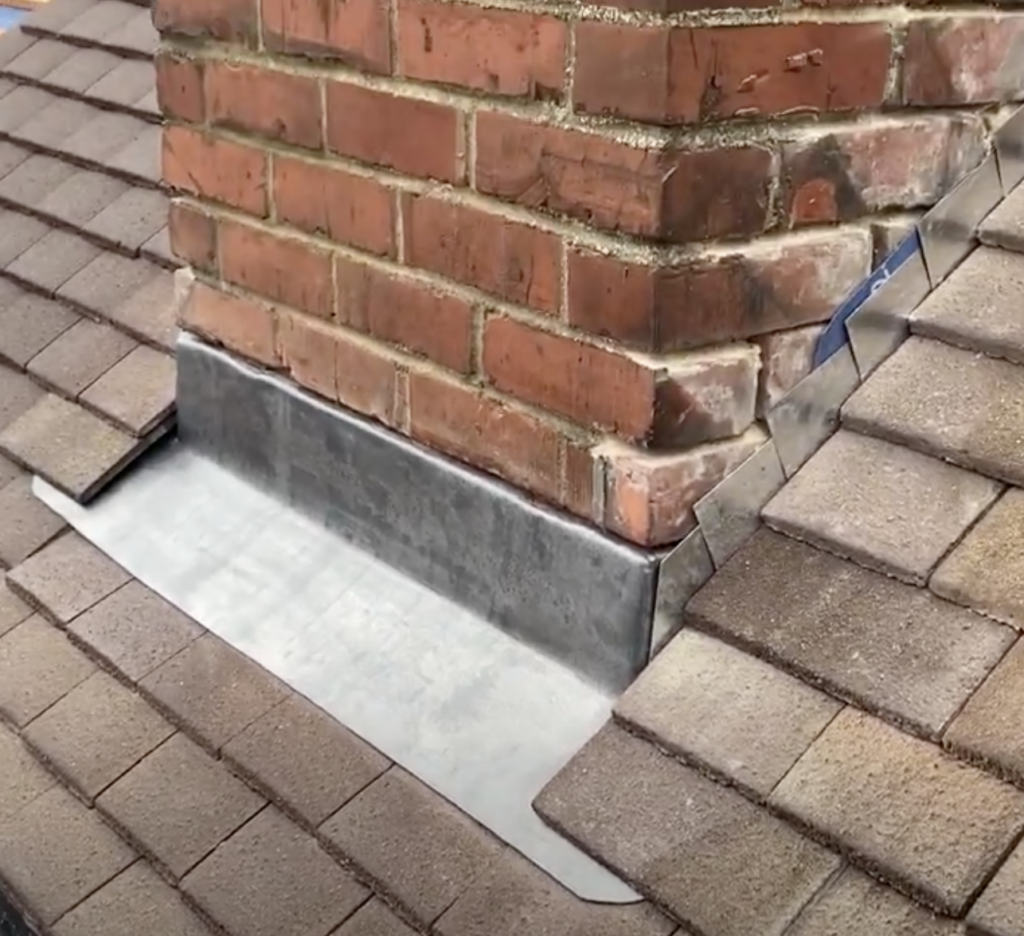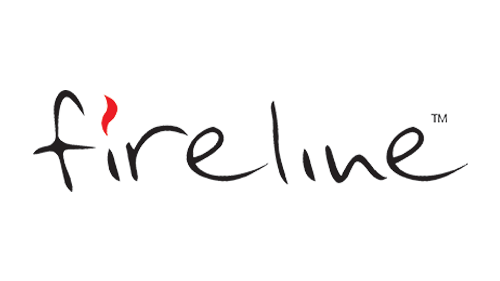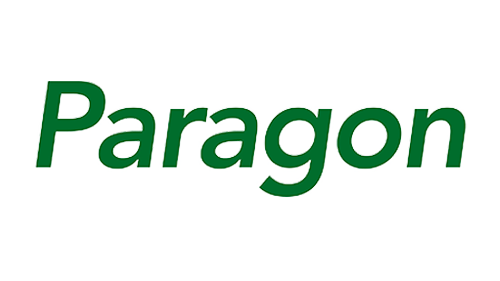Dampness refers to the presence of excess moisture in a structure, such as walls, floors, ceilings, or in this case, chimneys. It can manifest from various sources, including water leaks, condensation, rising groundwater, or poor ventilation.
A well-functioning chimney is essential for proper ventilation and heating in a home. However, chimney dampness is a serious issue that people can face. If left untreated, chimney dampness can lead to structural damage, unpleasant odours, and even health hazards.
Dampness – In the Summer?
In many houses, the damp patches on (or smells from) a chimney breast do seem to get worse once the stove or open fire is shut down for the summer, and the evidence backs up that observation:
No heat = no drying – When the stove is running, the flue gases reach 150-300 °C, driving out rainwater that has soaked into the brickwork and pushing indoor moisture up the chimney. Once the appliance is cold, that drying mechanism stops.
Condensation cycle reverses – In the summer, warm, humid external air now drifts down the chimney. When it meets the cool internal masonry, it deposits its moisture as condensation on the flue walls and even inside the stove box.
Summer storms add water – Heavy summer rain driven under a loose cowl, cracked crown-flaunching or porous brick can saturate the upper courses of a chimney. Without the heat from a fire, the moisture can track downwards.
Hygroscopic salts become obvious – Old flue gases can leave moisture-absorbing sulphate/nitrate salts in the masonry. These salts attract moisture from humid summer air, so staining often looks worse when the weather is muggy.
Key Causes of Chimney Damp
The points above relate to how damp patches and smells can get worse in the summer. But chimney dampness can come about due to a range of reasons, at any time of the year, including:
Rainwater Penetration: A missing or damaged chimney cap allows rainwater to enter, leading to moisture build up. Porous or deteriorating brickwork can also absorb rainwater, exacerbating the issue.
Condensation: Poor ventilation can cause moisture to condense inside the chimney, particularly if the chimney is not in use regularly (such as in the summer). Modern heating systems producing lower temperature exhausts can contribute to condensation.
Defective Flashing: Flashing is the metal seal where the chimney meets the roof. If it’s damaged or poorly installed, water can seep through gaps and cause damp patches.
Rising Damp: Moisture from the ground can travel up through the masonry, especially in older properties with inadequate damp proofing.
Blocked or Unlined Chimney: A blocked flue traps moisture and prevents proper airflow, increasing the likelihood of damp problems. Chimneys without a proper liner are more susceptible to moisture retention.

Effects of Chimney Damp
Chimney damp can lead to a number of problems, including:
Structural Damage: Persistent moisture weakens bricks and mortar, causing cracks, crumbling, and even collapse in severe cases.
Mould and Mildew Growth: Damp conditions promote mould growth, leading to musty odours and potential health issues.
Peeling Paint & Wallpaper Damage: Interior walls adjacent to the chimney may show signs of peeling paint or wallpaper due to moisture penetration.
Staining & Discolouration: Dark patches or water stains on the chimney breast can be unsightly and indicate deeper moisture problems.
How to Deal With Chimney Damp
Chimney damp can be managed with preventive measures and, if needed, professional assistance, here are a number of things to consider:
Install a Chimney Cap:
A chimney cap or cowl prevents rainwater from entering while allowing proper ventilation.
Repair or Replace Flashing:
Ensure flashing around the chimney is correctly installed and sealed to prevent leaks.
Waterproof the Chimney:
Apply a breathable, water-repellent sealant to the brickwork to reduce water absorption while allowing moisture to escape.
Improve Ventilation:
Keep chimney vents open and use air bricks to promote airflow, reducing condensation.
Install a Chimney Liner:
A properly fitted liner improves insulation and prevents moisture from accumulating inside the chimney.
Fix Cracks and Repoint Bricks:
Repointing deteriorated mortar and sealing cracks helps maintain the chimney’s structural integrity and prevents water infiltration.
Use a Dehumidifier:
If damp has already affected indoor walls, a dehumidifier can help remove excess moisture from the air.
Chimney dampness is a common but manageable problem that can be prevented with regular maintenance. Addressing moisture problems early can save you costly structural damage and health issues.

Below are some key points you should consider to make sure your chimney remains in good working order.
Regular Inspections – Have your chimney inspected annually by a qualified professional to check for blockages, damage, or structural wear. Look for cracks, leaks, or loose masonry that may require repair. There are several things that can damage a chimney, which usually manifest over a long period of time. Water damage can become evident from broken flashings or caps, which can cause structural weakness.
Clean Your Chimney – Over time, creosote builds up in the chimney lining. Booking a chimney sweep at the start and end of the stove season and having it cleaned every few months when in use is a wise investment. Creosote is a dark, tar like substance that builds up in chimneys and flue systems as a byproduct of burning wood or fossil fuels. It forms when smoke, water vapour, and other gases condense on the cooler inner surfaces of the chimney.
Install a Chimney Cowl – A cowl is designed to prevent downdrafts and also protects against birds and debris entering your chimney space. Its protective design helps reduce moisture in the chimney by preventing rain from entering the stack, which in turn reduces the chances of long-term water damage that can compromise the chimney structure.
Monitor for Blockages – Keep an eye out for obstructions like leaves, bird nests, or soot buildup that could block airflow and cause smoke to back up into your home.
Use Proper Fuel – Burn seasoned hardwood to minimise creosote buildup. Avoid burning treated wood, plastics, or other materials that release harmful fumes. Only burn correctly seasoned wood, meaning a moisture content of no more than 20%.
Maintain the Chimney Structure – Repair damaged mortar joints, flashing, and bricks to prevent water leaks and structural decay. Protect chimneys with waterproofing treatments to reduce moisture penetration. Rain and, subsequently, moisture can significantly damage chimney structures over time by penetrating through cracks, damaged mortar, or faulty flashing. Moisture accelerates the deterioration of bricks and mortar through freeze thaw cycles, leading to crumbling masonry and structural instability. Water can also seep into the chimney, damaging the flue lining, rusting metal components, and causing leaks into the home.
If you suspect a chimney is damp, consulting a chimney sweep or builder can help diagnose the problem. The sooner you sort it, the better!








